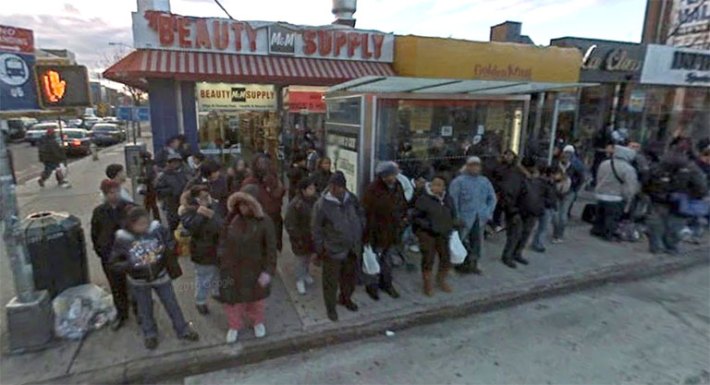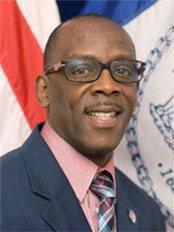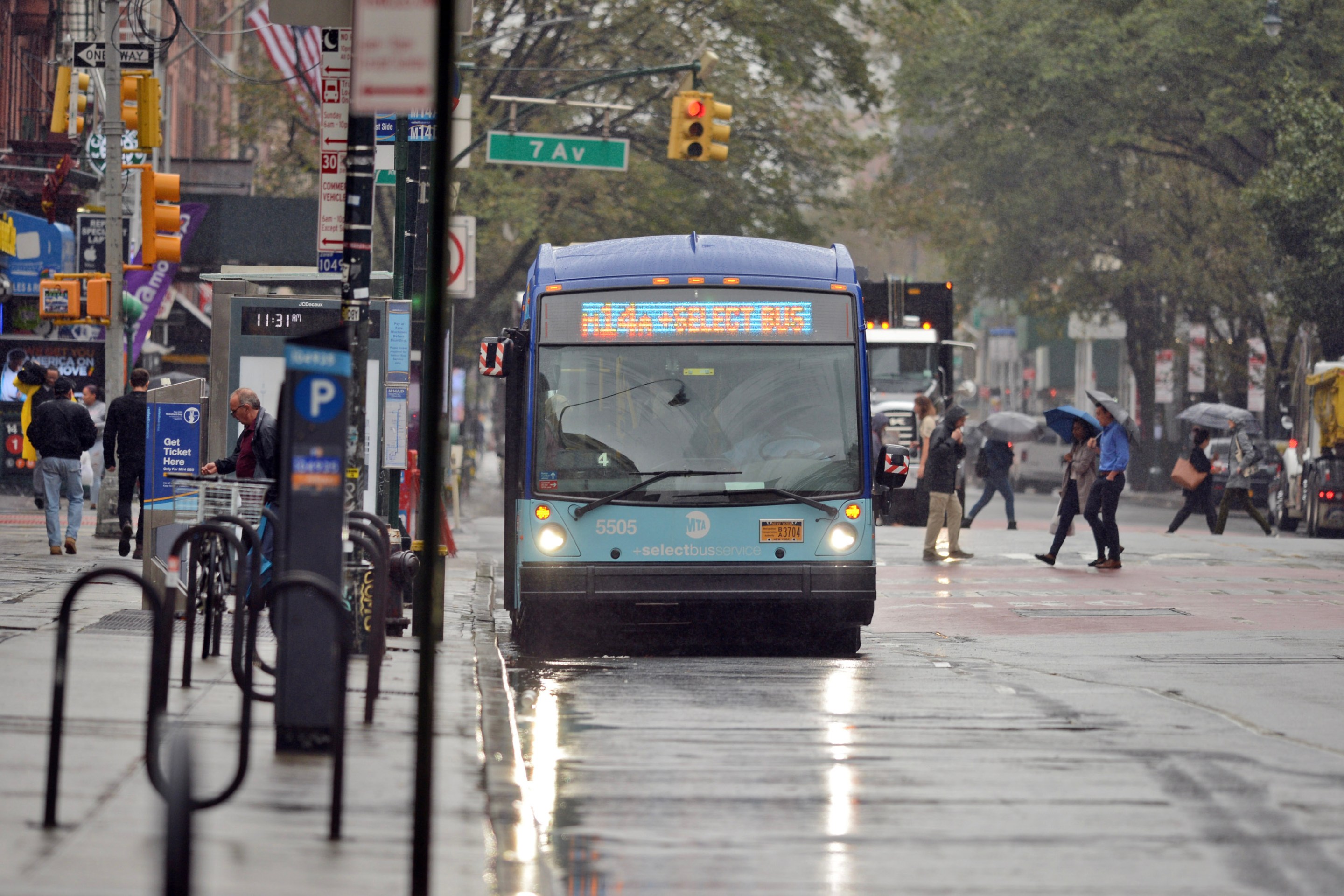
Four highways encircle New York’s 27th City Council district, a largely African-American section of southeast Queens: the Grand Central Parkway on the north, the Van Wyck Expressway on the west, the Southern State Parkway on the south, and the Cross Island Parkway on the east.
Highways girdle the transportation perspective of the 27th District’s Council rep, Daneek Miller, as well. At least that’s the impression left by Miller’s dispiriting op-ed in Crain’s last week.
The headline, “Queens residents are left hanging on transportation,” is true enough. Miller’s district is indeed transit-poorer than most other parts of the city, and, as he notes, the MTA's current batch of megaprojects will do little to change that. But Miller’s thrust -- the Move NY toll plan will make travel costlier and harder for his constituents -- turns reality on its head.
The article in Crain’s is riddled with dodgy data, like this: "70% to 90% of residents in Southeast Queens own cars. For them, driving is the easiest way to travel."
According to Census data, 14,000 of the 49,000 households in Miller's district don't own a car. That's a 28.6 percent car-free share, meaning that 71.4 percent of households in the 27th CD own at least one motor vehicle.
When it comes to daily commutes, car use in southeast Queens is even less prevalent. NYU’s Furman Center just crunched a ton of Census data for its “State of the City” report [PDF]. Among the 251,000 residents of Queens Community Board 12 (which includes Jamaica, Hollis, St. Albans, and Springfield Gardens -- all represented by Miller), 58 percent reported “car-free commutes.” In Community Board 13, home to the other 27th District communities of Queens Village and Cambria Heights, 44 percent of 193,000 residents commute without a car. From the looks of it, at least half of Miller’s constituents don’t drive to get to work.
Miller is hardly the only New York City elected official laboring under the windshield perspective fallacy (“I drive everywhere, so everyone else must too”). But that’s no excuse for his insistence that “[i]mposing tolls on free bridges and tunnels puts transit-starved residents in the position of paying a disproportionate amount of these taxes.”
Miller is misrepresenting how many of his constituents’ car trips would be subject to the proposed Move NY tolls on the East River bridges or at 60th Street.
Several years ago I recruited a couple of PhD physicists to crunch through “trip diaries” collected from 19,000 tri-state households, as part of the New York Metropolitan Transportation Council’s 2010-2011 Household Interview Survey. Data constraints limited us to the borough/county level, but the figures for Queens are still revealing: out of every 100 transit or auto trips by Queens residents, 30 are by transit; 65 are by auto with no toll or a toll unaffected by the Move NY plan; 1.8 are auto trips that would pay reduced tolls on an MTA bridge; and 3.4 are auto trips that would now pay a CBD toll.
Those figures are for all of Queens. It’s likely that for Miller’s district alone, the share of auto trips that would be charged more due to the Move NY tolls is even less than 3.4 percent, because his district is far from the Manhattan core.
But will Miller’s constituents see benefits from the Move NY plan? Try these:
- An annual infusion of well over half a billion dollars for transit capital improvements including faster adoption of state-of-the-art signaling (Communication-Based Train Control) allowing for more frequent peak-hour subway service and shorter commute times;
- Stepped-up funding for Bus Rapid Transit — meaning faster trips for bus riders, provided that opponents like Miller who are more concerned about parking loss don’t stand in the way.
- Funding for a $4.5 billion Transit Gap Investment Fund to expand transit access for New Yorkers living in “transit deserts” such as southeast Queens.
These are the types of transportation improvements that New York’s middle-class and working-class families need, not the preservation of free bridges that few drive across on a regular basis. That’s even more true for districts like southeast Queens that were devastated by the Great Recession and the foreclosure crisis, and where car ownership has increasingly become a burden families can’t bear.
Correction: An earlier version of this post used data for the 32nd Assembly District to assert that the share of car-free households in Miller's district was around 37 percent. I've revised that to 28.6 percent, based on data from Cap'n Transit with split-district data distributed according to population by Streetsblog reader Michael Freedman-Schnapp.






